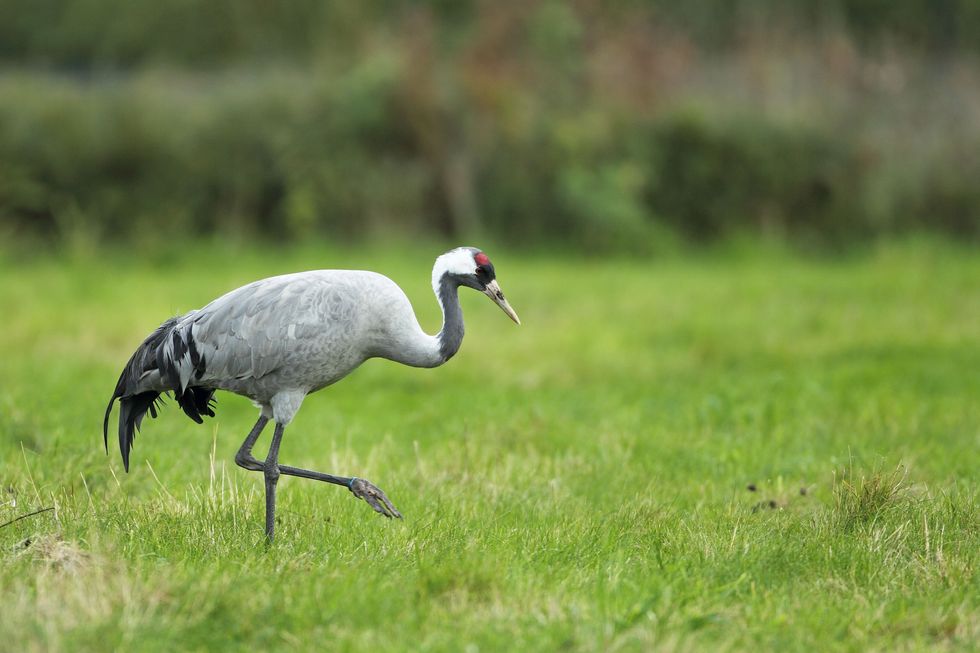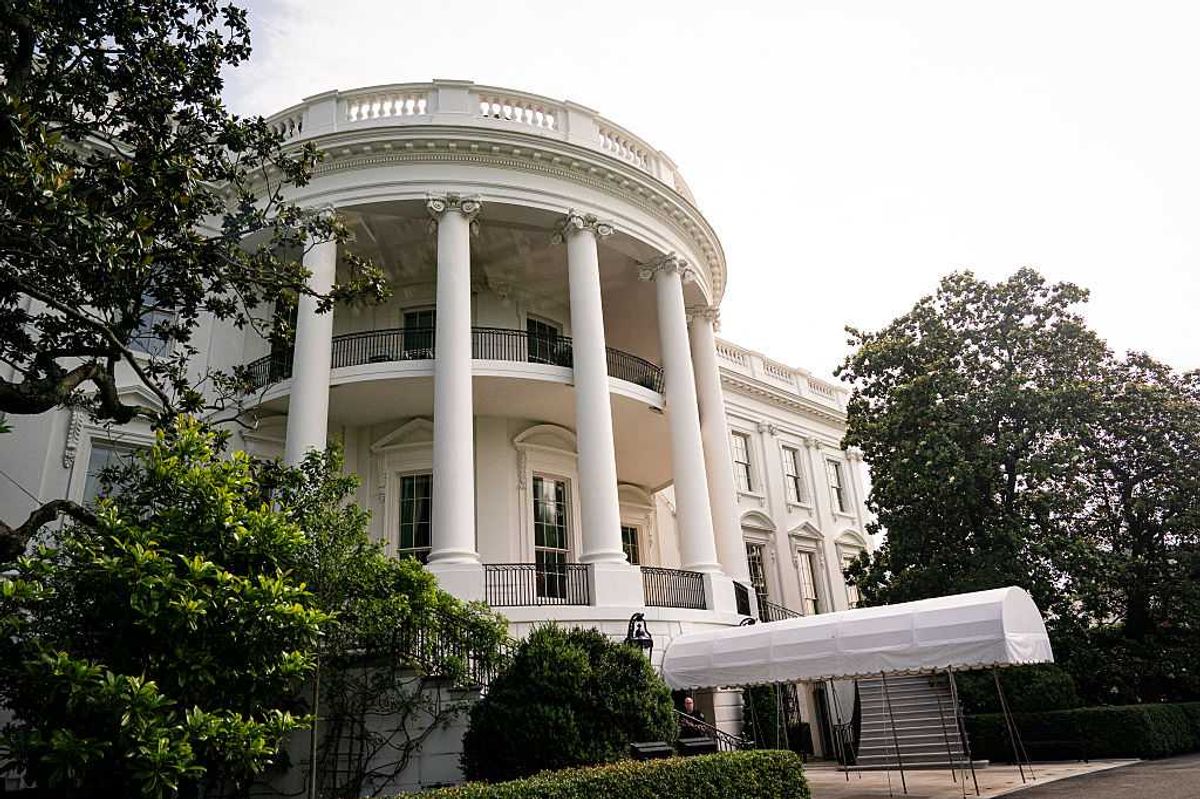Emily Beament
Sep 04, 2024

Wicken Fen fledged crane chick (circled) on Ouse Washes (Ajay Tegala/PA)
A pair of cranes have successfully reared a chick to fledging in Wicken Fen, in East Anglia, in what is thought to be the first time in hundreds of years.
The cranes have chosen to breed at Wicken Fen National Nature Reserve in Cambridgeshire, which is cared for by the National Trust, since 2019, but this is the first time they have successfully reared a chick.
The common crane is 4ft tall, making it Britain’s tallest bird, and was native to East Anglia’s fenlands before it was driven to extinction in this country in the 16th century because of hunting and the draining of its wetland habitat.

In 1979, a pair of wild cranes returned to the UK and established themselves in the Norfolk Broads. The birds slowly spread to other areas, supported by reintroduction efforts.
A record 80 pairs were confirmed to be breeding in 2023, conservationists have said.
The pair at Wicken Fen, which first went there to breed in 2019, are thought to be the first in the area in 400 to 500 years.
They have returned to breed each year for the last six years but, while their eggs have usually hatched, this is the first time a chick has successfully been reared to fledging, the National Trust said.
Alan Kell, countryside manager for the National Trust at Wicken Fen said: “We class chicks as fledged as soon as they are able to fly, which for cranes is not usually until they reach 10 or 11 weeks old.
It is a testament to the work the team have been doing for several years in creating the right kind of habitats for birds such as these to feel at home and be able to breed successfully
Alan Kell, National Trust
“We are delighted by this news and it is a testament to the work the team have been doing for several years in creating the right kind of habitats for birds such as these to feel at home and be able to breed successfully.
“With a growing network of similar projects across the region, we are hopeful that these successes mean East Anglia will soon be able to support a growing population of these elegant birds year-round.”
The fledged bird was found by crane expert Norman Sills, who was site manager at the RSPB’s Lakenheath Fen reserve for many years, including when cranes started nesting there in 2007, and who knows all the fenland breeding crane pairs by sight.
Seeing cranes at Welney, and the Ouse Washes, which have fledged from Wicken Fen and other sites in the area, shows how important it is that a network of suitable habitats is available for them
Lizzie Bruce, WWT Welney
Wildlife expert Ajay Tegala, who works at Wicken Fen, said: “For the last few years, the Wicken Fen team have been rooting for the cranes to successfully rear a youngster.
“When Norman spotted the Wicken Fen pair with a juvenile 12 miles away at Wildfowl and Wetlands Trust’s site at Welney, we finally knew for sure they’d done it.”
Conservationists say that protecting and restoring wetlands can help support rare wildlife such as cranes.
Lizzie Bruce, site manager at WWT Welney added: “We recently had 22 cranes, including eight juveniles, making use of our restored wetland on Lady Fen.
“Seeing cranes at Welney, and the Ouse Washes, which have fledged from Wicken Fen and other sites in the area, shows how important it is that a network of suitable habitats is available for them.”
Top 100
The Conversation (0)












